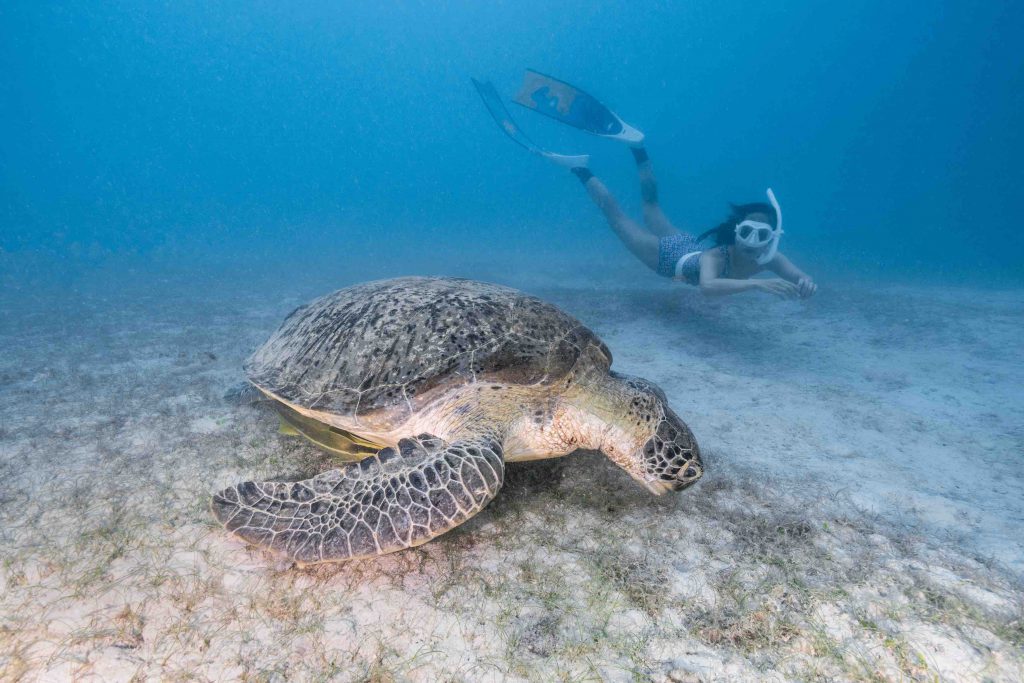Story: Bao Nguyen
Photos: Vietnam Airlines – Tonkin
Vietnam Airlines has committed to promoting environmental protection and sustainable development to help preserve the natural beauty of destinations like Con Dao for future generations. In late September 2024, the airline launched the “Fly Light to Con Dao” campaign, aimed at reducing CO₂ emissions and improving waste collection and recycling. This initiative is a joint effort with the Con Dao District People’s Committee and Lagom Vietnam.
The campaign aims to manage 85% of the island’s plastic waste by 2025 while promoting sustainable aviation and tourism development, and transitioning Con Dao’s economy towards a circular model. To achieve this, the involved parties will collaborate on initiatives to reduce and offset CO₂ emissions, such as encouraging passengers to “Fly Light” by minimizing baggage weight, thereby reducing fuel consumption and emissions. The campaign will also organize “Green Con Dao Day” events focused on waste collection, recycling, and promoting green lifestyles, alongside environmental education programs for students. Other initiatives include tree planting, ecosystem conservation, ecological protection artwork, and launching the “Kieng Nhua” (Plastic Ban) app to reduce plastic waste on Con Dao.

As a result of the Green Con Dao Day event, 165 kg of recyclable waste, including plastic bottles, cans, and milk cartons, were collected. Additionally, over 820 kg of previously gathered plastic waste will be transported to the mainland for recycling into useful products, which will be given back to Con Dao residents. The Green Con Dao Day will continue on November 30 and December 30, 2024, aiming to collect 1,500 to 2,000 kg of waste to further clean the island’s beaches and roads.
After Con Dao, Vietnam Airlines plans to introduce more “Fly Light” flights to other destinations in Vietnam under the slogan “Fly Light for Ten Thousand Miles”. This initiative marks a pioneering step in integrating aviation development with sustainable tourism and the transition to a circular economy.










